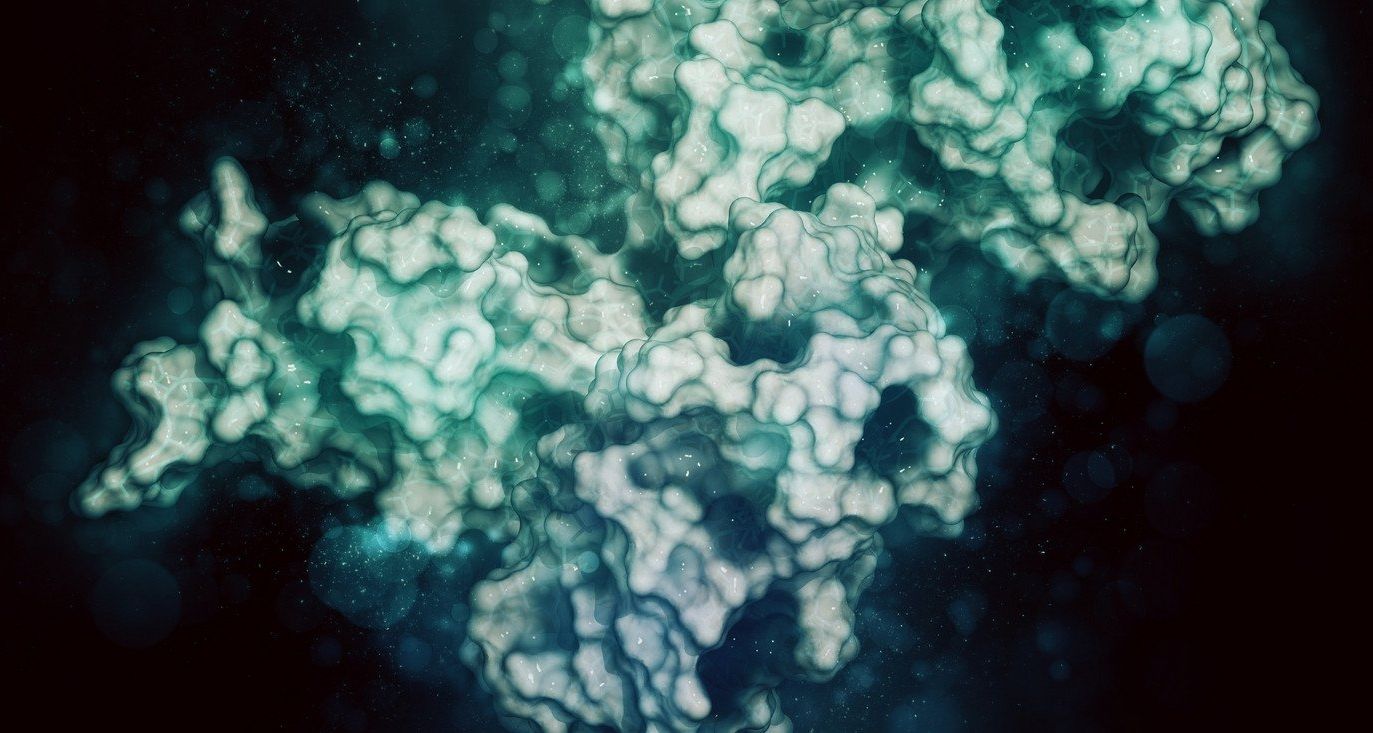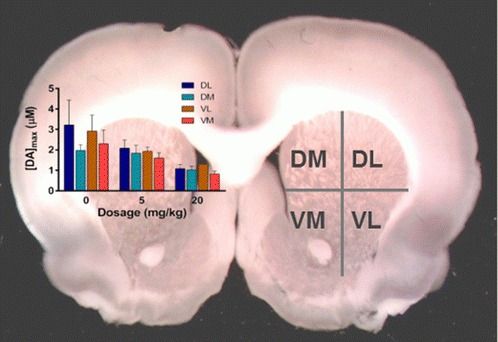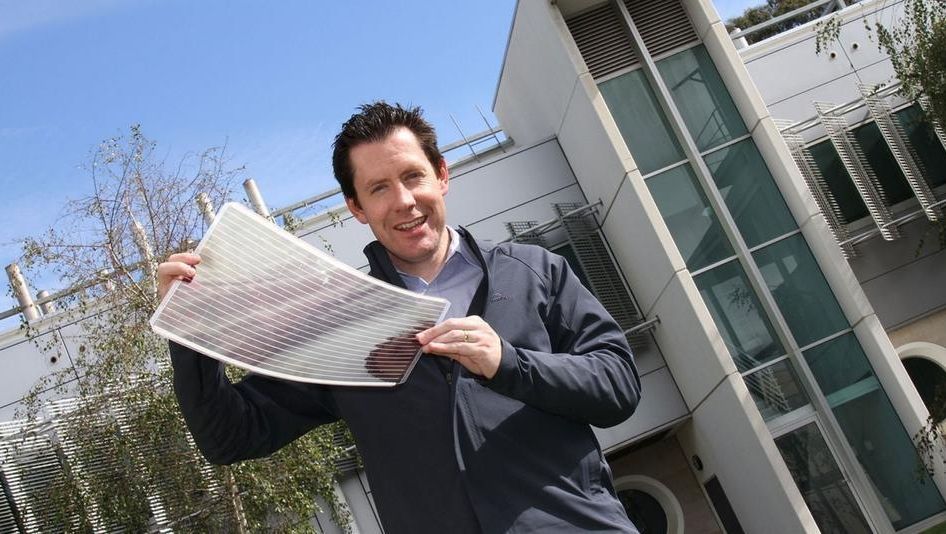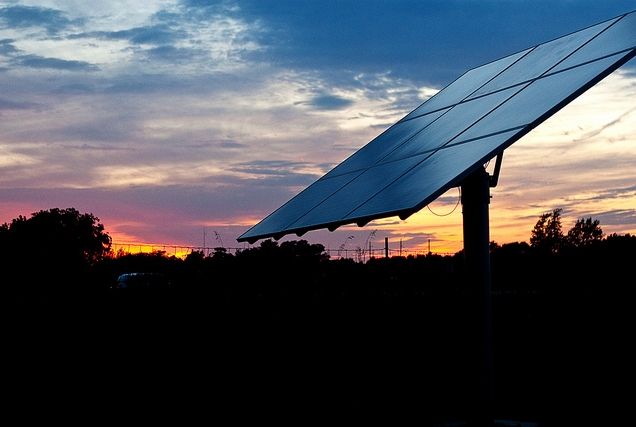Page 11157
May 25, 2016
Scientists Unearth Key Evolutionary Link in Proteins
Posted by Karen Hurst in category: evolution
Researchers recently made an important discovery in protein science that will advance our understanding of the inner workings of cells. In an article published in Scientific Reports, the team said they found a critical evolutionary link between a protein’s structure and its function.
Like tiny molecular machines, proteins handle a variety of functions from transporting chemicals to breaking food down into nutrients. The vast range of protein function is possible because of their unique gene-encoded sequence of amino acids, which affects the three-dimensional shape that folded protein chains adopt.
To better understand them, researchers have sequenced and resolved a huge number of protein structures. Currently, the Protein Data Bank includes 110,000+ structures—far more than the number with known functions. Powerful bioinformatics tools assist in making correlations between the shape and purpose of a protein, but what’s been missing is a direct structure-function link, tantamount to a Rosetta stone-like key.
Continue reading “Scientists Unearth Key Evolutionary Link in Proteins” »
May 25, 2016
Investigating how ‘chemo brain’ develops in cancer patients
Posted by Karen Hurst in categories: biotech/medical, neuroscience
Interesting read on Chemo’s impact on the brain and brain functioning known as Chemo Brain.
During and after chemotherapy, many cancer patients describe feeling a mental fog, a condition that has been dubbed “chemo brain.” Why this happens is unclear, but researchers have found a new clue to understanding this syndrome. A study in the journal ACS Chemical Neuroscience reports that chemotherapy in rats affects their chemical messengers dopamine and serotonin, which are associated with cognition.
May 25, 2016
Bangladesh baby’s skull is the size of a football because of excess fluid
Posted by Karen Hurst in category: biotech/medical

Purely tragic. Hopefully, doctors without borders or experts can assist this child.
A baby boy’s head has swollen to more than three times its normal size due to a medical condition.
Continue reading “Bangladesh baby’s skull is the size of a football because of excess fluid” »
Nice.
Emma Yasinski is a scientific writer at Max Planck Florida Institute for Neuroscience. Correspondence should be directed to Ryohei Yasuda, Ph.D. ([email protected]), scientific director, Max Planck Florida Institute for Neuroscience.
To enjoy more articles like this from GEN, click here to subscribe now!
May 25, 2016
Poverty marks a gene, predicting depression
Posted by Karen Hurst in categories: biological, genetics, neuroscience
Not surprised;
A long line of research links poverty and depression. Now, a study by Duke University scientists shows how biology might underlie the depression experienced by high-risk adolescents whose families are socio-economically disadvantaged.
The study, published May 24, 2016 in the journal Molecular Psychiatry, combined genetics, brain imaging and behavioral data gathered as adolescents were followed for more than three years as part of a larger study.
Continue reading “Poverty marks a gene, predicting depression” »
May 25, 2016
4 Things to Consider Before Turning Over your Business to Bots
Posted by Karen Hurst in categories: business, evolution, robotics/AI
Why the bot evolution must be human-led.
Continue reading “4 Things to Consider Before Turning Over your Business to Bots” »
May 25, 2016
New Printable Solar Panels Are Ready To Hit The Market!
Posted by Shailesh Prasad in categories: solar power, sustainability
Australian solar technicians with the Victorian Organic Solar Cell Consortium have announced that they will soon put a new printable solar cell technology on the market.
May 25, 2016
Large-scale technique to produce quantum dots
Posted by Karen Hurst in categories: electronics, quantum physics, solar power, sustainability
Nice new method in producing Q-Dots which seems to be more cost effective, efficient and reliable.
Large-scale technique to produce quantum dots.
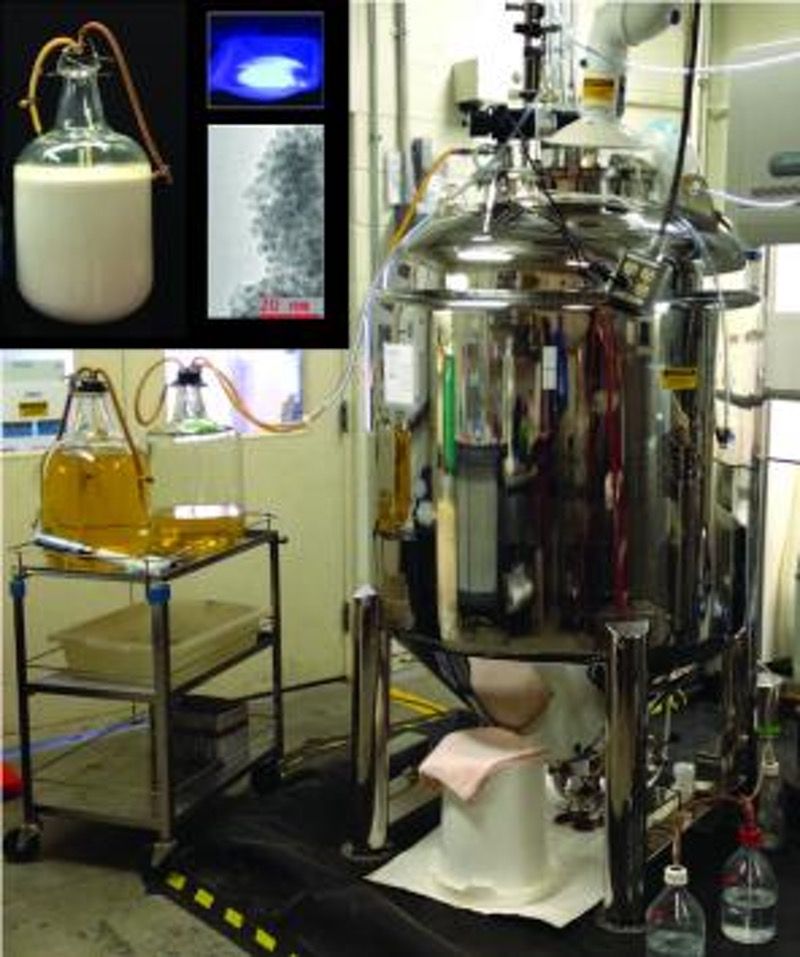
Continue reading “Large-scale technique to produce quantum dots” »
May 25, 2016
Nanotechnology could enable use of Solar Energy at night
Posted by Karen Hurst in categories: nanotechnology, solar power, sustainability
Using the power of nano to solar power our homes at night.
MIT researchers have built a new experimental solar cell which could greatly enhance power efficiency. The “Shockley-Queisser’ limit is the estimated maximum efficiency of a solar cell, which is commonly about 32%; that means almost 70% of energy is wasted in the form of heat.
One way to reduce energy loss is by stacking cells. However if sunlight could be turned into heat and then be re-emitted as light, the solar cells could utilize more energy. Solar cells work best with visible light which occurs midway of the radiation spectrum. As a result the radiations with shorter and greater wavelengths usually go to waste.
Continue reading “Nanotechnology could enable use of Solar Energy at night” »

